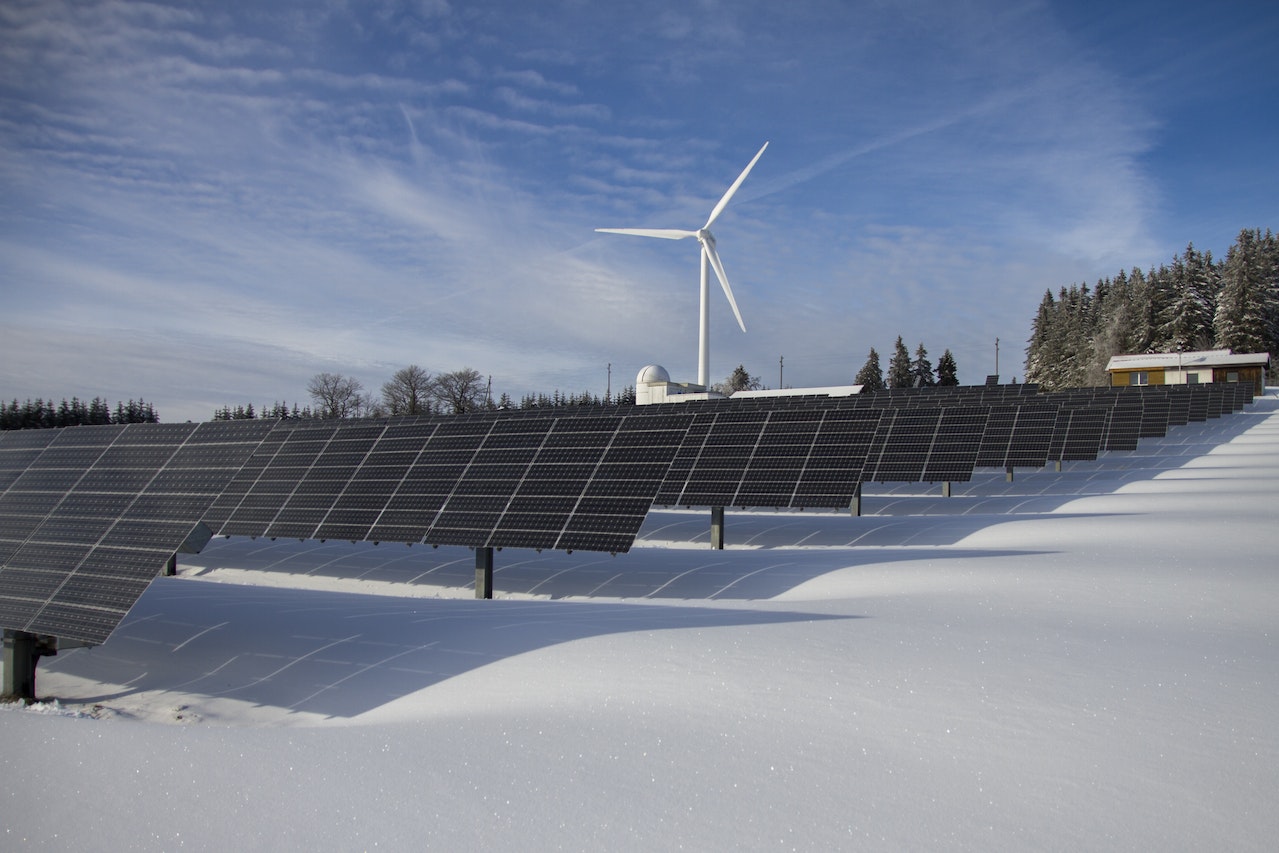
Renewable energy is one of the most talked about topics in the world today. With fossil fuels becoming increasingly scarce and expensive, renewable energy is seen as a viable alternative. But what exactly is renewable energy? And why is it called renewable? Keep reading to find out!
The definition of renewable energy and how it works
Renewable energy refers to any energy source that is replenished on a human timescale; including solar, wind, hydropower, geothermal, bioenergy and ocean energy. Each of these sources have their own pathways for creating energy: solar harnesses the energy from the sun, wind turbines are powered by the wind, hydropower uses the kinetic energy of falling water and geothermal works by tapping into underground reservoirs of steam or hot water. Bioenergy involves converting organic matter from plants and animals into forms of energy such as biodiesel and ethanol while ocean energy uses the power from tides and waves to generate electricity. Renewable energy sources are sustainable because they are renewing themselves over time – unlike fossil fuels which are finite in their reserves. Additionally, renewable sources typically do not result in environmental pollution when produced or used.
The benefits of renewable energy
Renewable energy is a great way of providing reliable and sustainable energy solutions. It does not create any adverse effects on the environment, as it basically uses renewable sources of energy, such as sunlight, wind, and water. Installing renewable systems can bring many long-term benefits to people today, by providing clean and sustainable energy resources. Additionally, they reduce the amount of damage to our planet because they do not contribute to global warming, as opposed to non-renewables like oil and coal. In addition to this ecological advantage, renewable energies also provide local economic development opportunities and jobs for people in rural communities which helps bolster the local economy and improve quality of life. All in all, renewable energy is an important choice for achieving environmental sustainability and improving public health in our world today.
The drawbacks of renewable energy
Renewable energy sources are becoming increasingly popular as an environmentally friendly alternative to traditional energy sources. While renewable energy is great for reducing emissions and providing a clean power source, it also has its drawbacks that should not be overlooked. One of the primary drawbacks of renewable energy is the cost associated with implementing renewable technologies such as solar panels and wind turbines. Additionally, while they provide a clean form of energy, they typically require significantly more maintenance due to their susceptibility to weather conditions. Similarly, many renewable sources are intermittent in nature, meaning the amount and quality of power produced is not stable over time. This makes it difficult to rely solely on such forms of energy when demand for electricity is steady and reliable.
Why renewable energy is important
Renewable energy is becoming increasingly important in today’s world. Sources such as solar, wind, and hydroelectric power provide a clean, efficient way of producing electricity, as opposed to traditional methods like burning coal that cause air pollution and lead to global warming. By investing in renewable energy sources now, we can help preserve our environment for future generations. Additionally, renewable energy technology is constantly improving and the cost of generating electricity through it is becoming more competitive with traditional methods. With nations around the world making moves towards cleaner energy solutions, the time has never been better to invest in renewable sources and reduce our impact on the planet.
How to make the switch to renewable energy
Making the switch to renewable energy doesn’t have to be difficult or costly. There are numerous ways one can reduce their carbon footprint and make a difference. For starters, conservation is key- making small adjustments such as installing LED lighting, timers on lights, and even unplugging appliances when not in use can add up to a lot of saved energy. From there, individuals can look into renewable sources such as solar panels or wind turbines. These sustainable solutions can ultimately lead to an overall reduction in energy costs with no insurmountable installation costs for the user. Together, these changes can help switch us from non-renewable sources of power to cleaner alternatives which will benefit us all in the long run.
In conclusion, renewable energy is a sustainable and environmentally friendly source of energy that has many benefits. Although there are some drawbacks, such as the initial cost of investment and maintenance, renewable energy is becoming increasingly popular as people become more aware of the importance of sustainability. Making the switch to renewable energy is not difficult, and there are many ways to do so. What matters most is that we make an effort to reduce our reliance on non-renewable energy sources in order to protect our planet for future generations.